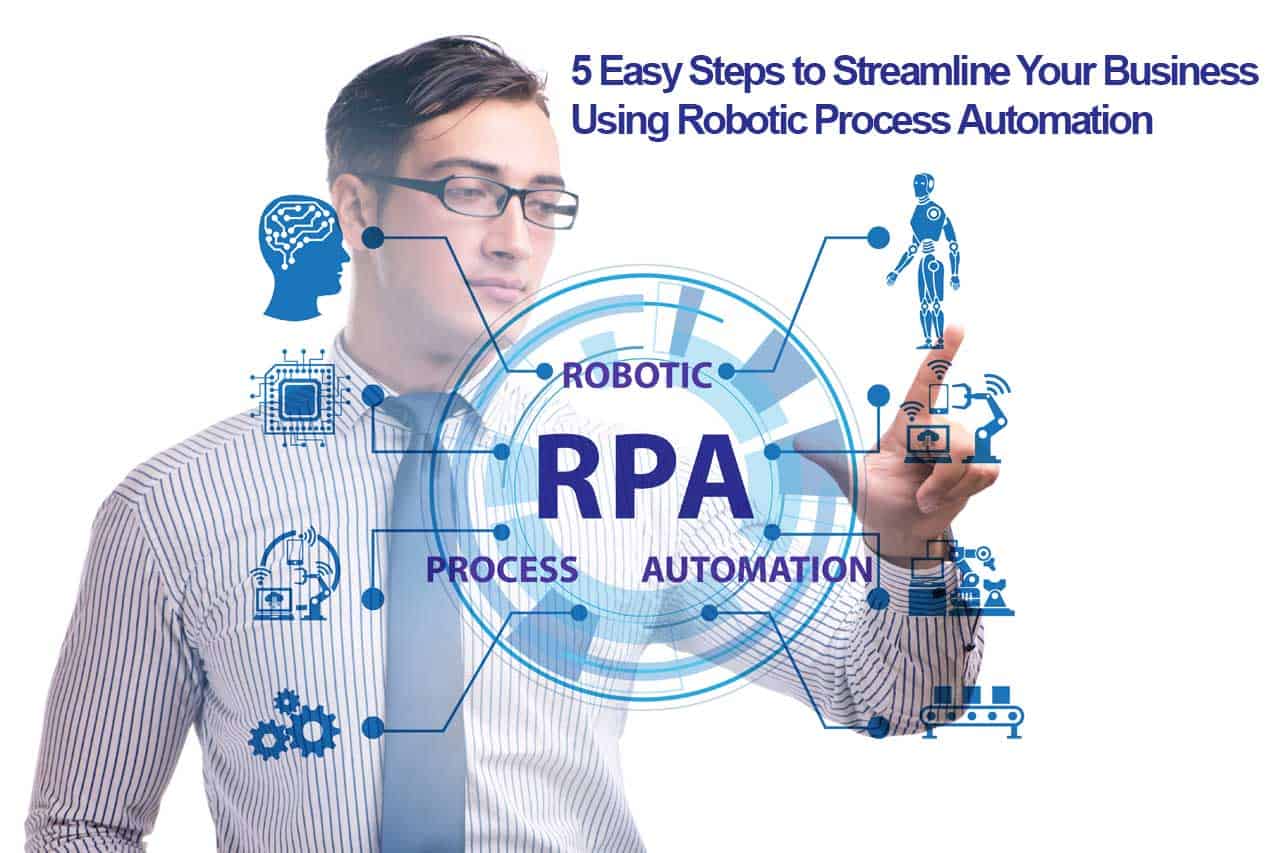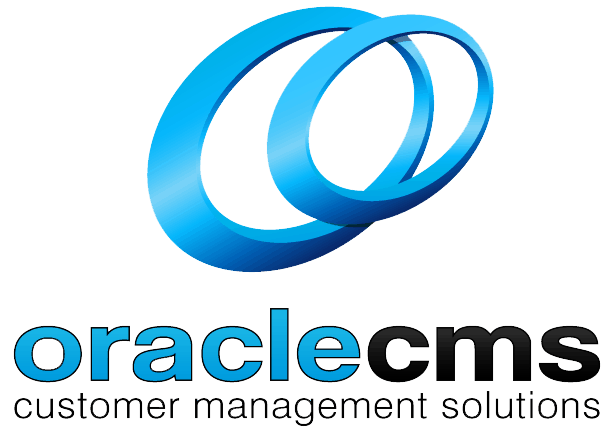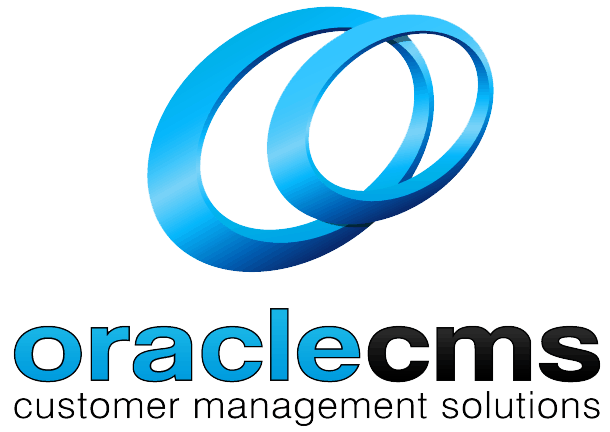
5 Steps to Streamline Your Business Using Robotic Process Automation (RPA)
Looking for ways to save time, cut costs and boost productivity? Look no further than Robotic Process Automation (RPA)! In this article, we’ll share with you 5 simple steps to implementing RPA in your business and streamlining your processes in no time.
Step 1: Identify Processes That Need Automation
The first step to RPA implementation is identifying the processes that are repetitive, time-consuming, and rule-based. Think data entry, invoice processing, and report generation, for example. Automating these processes with RPA can increase efficiency, reduce errors, and improve accuracy. Easy-peasy!
Step 2: Choose the Right RPA Solution
Choosing the right RPA solution is crucial to success. Research options online, attend industry events and talk to other businesses already implementing RPA. Consider factors such as cost, features, ease of use, and scalability. And don’t forget to assess compatibility with your existing systems!
Step 3: Plan Your RPA Implementation
Process Planning is everything, people! Create a detailed project plan that includes timelines, resource allocation, and milestones. Identify potential roadblocks and develop contingency plans to mitigate them. Trust us, planning makes everything easier.
Step 4: Develop and Test Your RPA Solution
The fun part! After planning your implementation process, it’s time to develop and test your RPA solution. Configure the software to automate identified business processes and test, test, test. Ensure that the software is compatible with existing systems and configured correctly. Don’t forget to perform comprehensive testing to identify any errors, bugs, or issues.
Step 5: Deploy and Monitor Your RPA Solution
The final step is to deploy and monitor your RPA solution. Roll it out to the relevant departments, train your employees, and ensure that the necessary infrastructure is in place. Monitor its performance, track results, and make necessary adjustments to improve its efficiency and effectiveness. And voila, you’re done!
FAQs
Q: What benefits can RPA implementation provide? A: RPA implementation can improve efficiency, reduce costs, increase accuracy, and boost productivity.
Q: How easy is it to implement RPA in a business? A: With our 5 easy steps, it’s a breeze! Just identify processes, choose the right solution, and plan, develop, test, deploy, and monitor. You got this!
Conclusion:
Implementing Robotic Process Automation (RPA) can be a game-changer for businesses looking to increase efficiency and reduce costs. While the implementation process can be challenging, following the five steps outlined in this article can help ensure a seamless implementation process.
By defining your business processes, choosing the right RPA solution, planning your implementation process, developing and testing your RPA solution, and deploying and monitoring it, you can achieve the benefits of RPA and stay ahead of the competition.
As with any new technology, it’s important to stay up-to-date with the latest developments and continuously optimize your RPA solution to maximize its effectiveness. With a well-planned and executed RPA implementation, your business can reap the rewards of increased efficiency and productivity for years to come.


